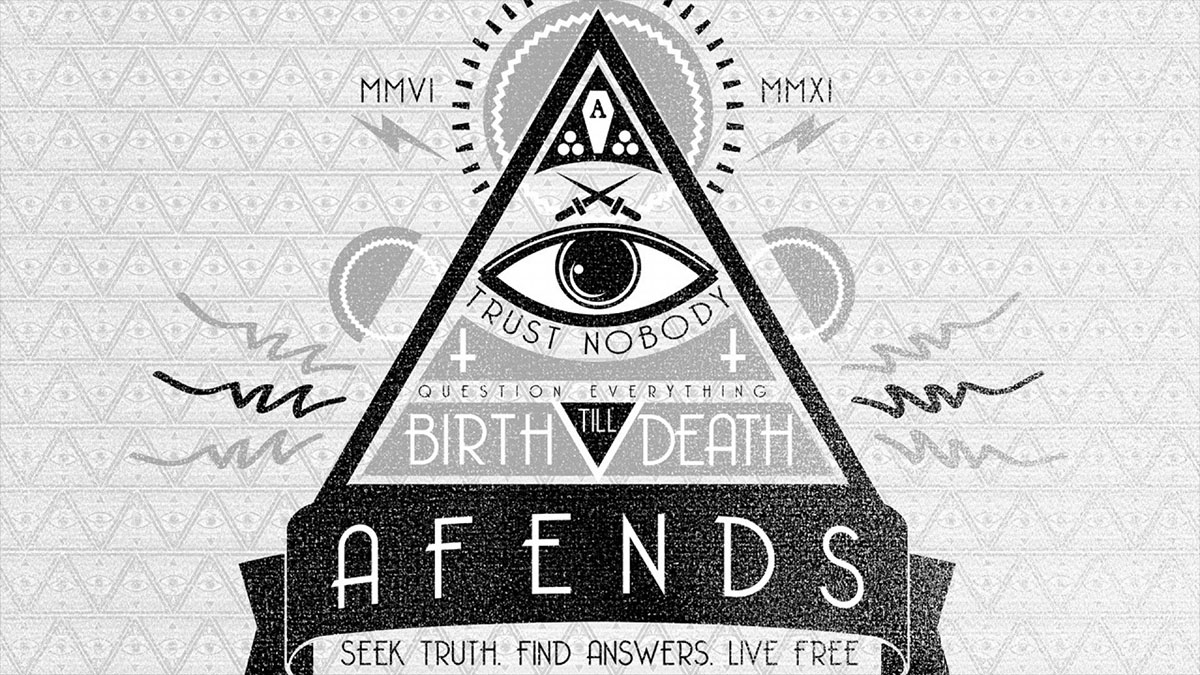pizzagate and our brand new social media conspiracy factories

If you haven’t heard of or remember anything about Pizzagate, don’t worry, you will whether you want to or not, especially that now, in the course of a few weeks, a gunman barged into the targeted restaurant to, in his words, self-investigate, and the conspiracy has spread to four of the surrounding restaurants. People are convinced that random Twitter users have proof of secret pedophile symbols displayed all over storefronts in a block of DC as advertisements for politically mighty child molesters, the police refused to investigate these restaurants because they’re either in on it or are under a strict order not to, the media debunks it because it’s in on it as well, all the skeptics who don’t buy it are secretly paid off by the DNC and the media to derail the truth seekers, and finally, that the event with which I opened this post either didn’t happen, or was a false flag to further derail the armies of internet sleuths trying to prove a secret DC pedophile ring. At this point, it’s either a conspiracy of epic proportions, or follows the classic train of logic by every theorist that being met with skepticism means they found proof that the conspiracy actually goes one level deeper than they thought.
Now, the obvious problem with this thought is the fact that it’s using what’s known as negative evidence, in which the lack of corroboration is further evidence of the theory because it must be an attempt to cover up the truth. A classic example is using pictures of what you claim are mole people from questionable sources and distributed through questionable means, asking a local police department to investigate, being rebuffed, and then saying that the mole people must have gotten to the police, which is why they’re refusing to investigate your claims, so the conspiracy is even bigger than you were first led to believe. And you’re seeing the same progression with Pizzagate. Unhappy with being told that maybe, a random post on 4Chan was a poor guide to actual pedophile codewords, and that pranksters on it live for this kind of opportunity to mess with people, they’ve kept expanding the theory’s scope while paining themselves as dogged investigators trying to protect the children in the nation’s capital despite so many standing in their way.
But surely, armed only with questionable social media sources which are well known vectors for fake news, these theorists must be suffering from a lack of critical thinking skills or pathological paranoia, right? These random crazies and malicious propagandists after outrage clicks must be behind the spread of this theory, right? While the fake news sites play their role, when talking about conspiracy ideation, to use the scientific term, we have to part ways with the soothing fantasy that conspiracy theorists are irrational, or in need of psychiatric attention. They are no more predisposed to overanalyze patterns than anyone else in normal circumstances, and are just as unlikely to suffer from mental illness. However, according to decades of research into their beliefs, they tend to be more politically active, and tend to overanalyze patterns more, to the point of conspiratorial thinking, when they feel as if they’re powerless over their situation. The other contributing factors are a low score on agreeableness, and a high score on argumentativeness.
You could actually argue that conspiracy theorists aren’t gullible and easily mislead, but are in fact selective skeptics who crossed the line into cynicism and are now refusing to accept anything that doesn’t match the view they hold near and dear. And conspiracy theories are like potato chips, you can’t seem to have just one, which is why theorists frequently believe in multiple conspiracies, even when they seem at odds with each other, a pattern many skeptics named crank magnetism. So forget the popular image of the tin foil hat-wearing lunatic in tattered clothes, talking about the CIA broadcasting secret messages on his fillings you see in movies. The typical theorist is the suddenly politically active, cranky, dogmatic social media dweller who feels like he or she isn’t going far enough in life and lacks access to the tools that would empower that advancement. Given a right wing political outlook, it’s your typical Trump voter in a nutshell, a left wing one, and it’s the standard issue anti-GMO and anti-vaxx crusader. And considering the crazy world in which we’re living today, no wonder conspiracy theorists were in the driver’s seat in this year’s elections. We’ve created a recipe to mass produce them.
And here’s another depressing thought for the road. We could argue that a crackdown on fake news sites and echo chambers would break the spell of conspiracy ideation, especially in light of recent research which suggests that flashy, high quality looking graphics can make fake news seem as if they are coming from a trusted source and trick millions. But there’s a study showing that social media echo chambers are often pierced by one’s contacts, and it’s really up to the people to choose to step out of their comfort zone and read a dissenting opinion, rather than up to technology to change one’s mind. If you paid attention earlier, conspiracy theorists are notably less likely to take criticism and change their minds, and more likely to double down on their current stance when faced with new evidence. In this respect, Pizzagate and many future conspiracies like it will follow the same playbook as every other conspiracy theory that preceded them. Its only new and noteworthy twist is that it was created in what amounts of a social media based conspiracy mass production factory and delivered to millions of eagerly waiting eyes…





